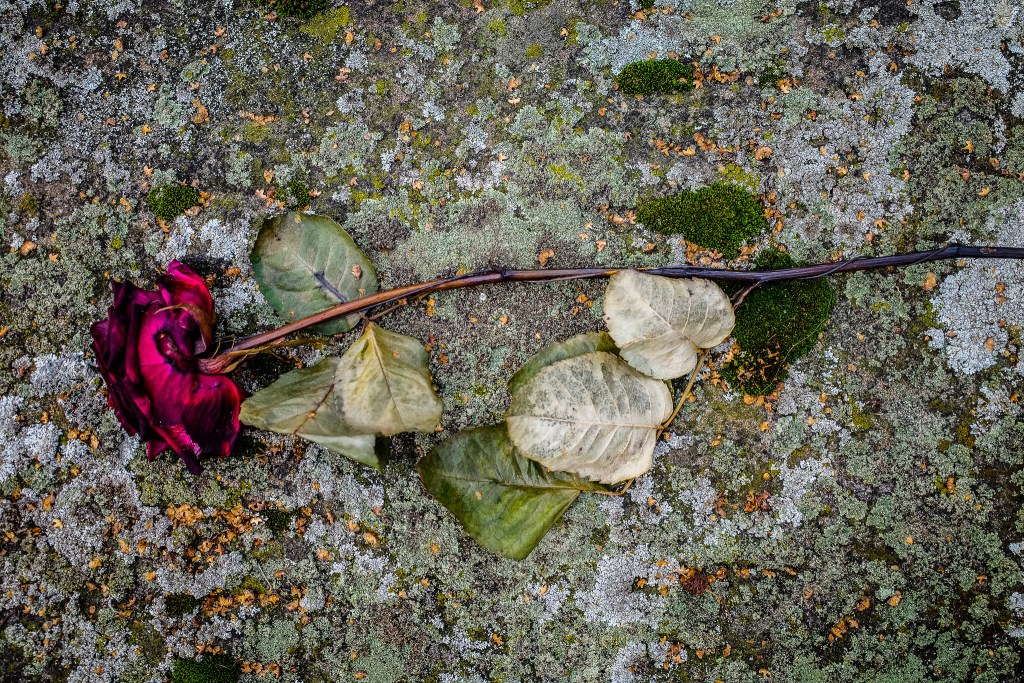
This weekend marks the start of Advent season, the four weekends prior to Christmas. Which, under normal circumstances, turns Nuremberg into Christmas City. Not so this year. For the first time since World War II the traditional Christkindlesmarkt has been cancelled, as have been all other Christmas events in the city that has been paralyzed by Covid-19 and the renewed lockdown in place until (for now) just before the holidays.
So instead bringing you the festive lights from the start of the holiday season on the Streets of Nuremberg, I visited a more somber place for some creative shooting with my little Ricoh GR III, the Rochusfriedhof. Take a tour around one of Nuremberg’s historic cemeteries in the 9th edition of my series Nuremberg Explored.

The Rochusfriedhof is a church cemetery in Nuremberg’s Gostenhof district with historical and artistically valuable bronze epitaphs as well as (standardized) lying gravestones, some of them of cultural-historical significance of the Nuremberg population from more than five centuries.
After the hygienic conditions in the churchyards within the city walls had become intolerable at the end of the 15th century, the lord of the imperial city of Nuremberg, Emperor Maximilian I, issued a mandate on October 31, 1518, according to which any burial outside the city walls was to take place during times of plague. Still in 1518 the cemetery was enclosed by a sandstone wall, the consecration took place on 21 March 1519.

The Rochusfriedhof is famous for the bronze epitaphs. But it was not only the socially privileged persons from the wealthy patrician upper class who provided their graves with an epitaph. From the very beginning, the individually designed gravestones show the most diverse professions and activities for all citizens who were laid to rest on this historic cemetery.
The most famous grave on the Rochusfriedhof belongs to composer Johann Pachelbel, baptized in Nuremberg on September 1st 1653. His most popular and world famous work is the canon of Canon and Gigue in D major. His final years he spent as organist of the city basilica of St. Sebald. He passed away at the age of 52 on March 3rd 1706.
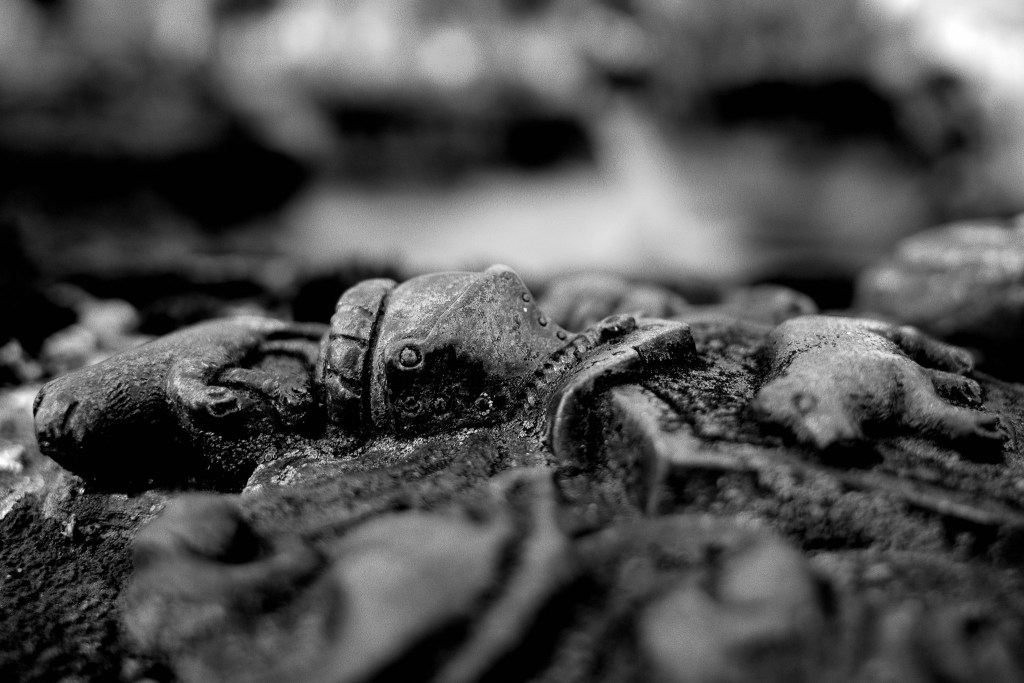
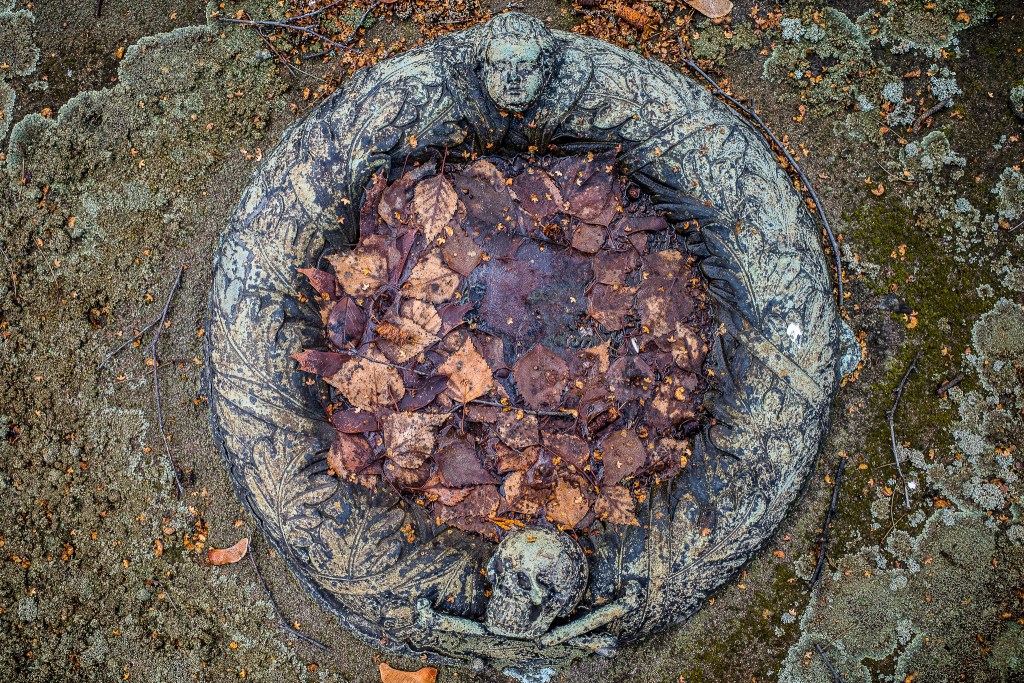
I enjoyed the total quietness on the cemetery (I was basically the only visitor that afternoon), trying to capture the atmosphere of the historic grave stones and the bronze epitaphs. There was so much texture and shapes that attracted the eye.
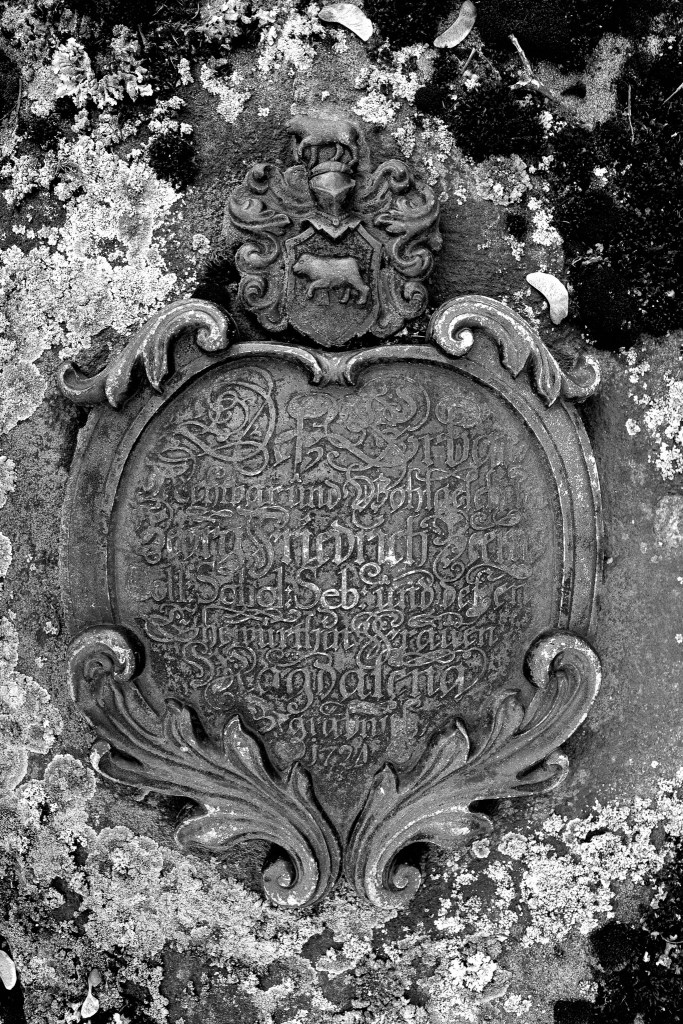
I enjoyed also the challenge of shooting with a fixed lens, the Ricoh has a 18,3mm focal length. I did a lot of black & white shooting, using the high contrast monochrome program of the Ricoh, so seeing the B&W image already on the back LCD screen while composing the shot.
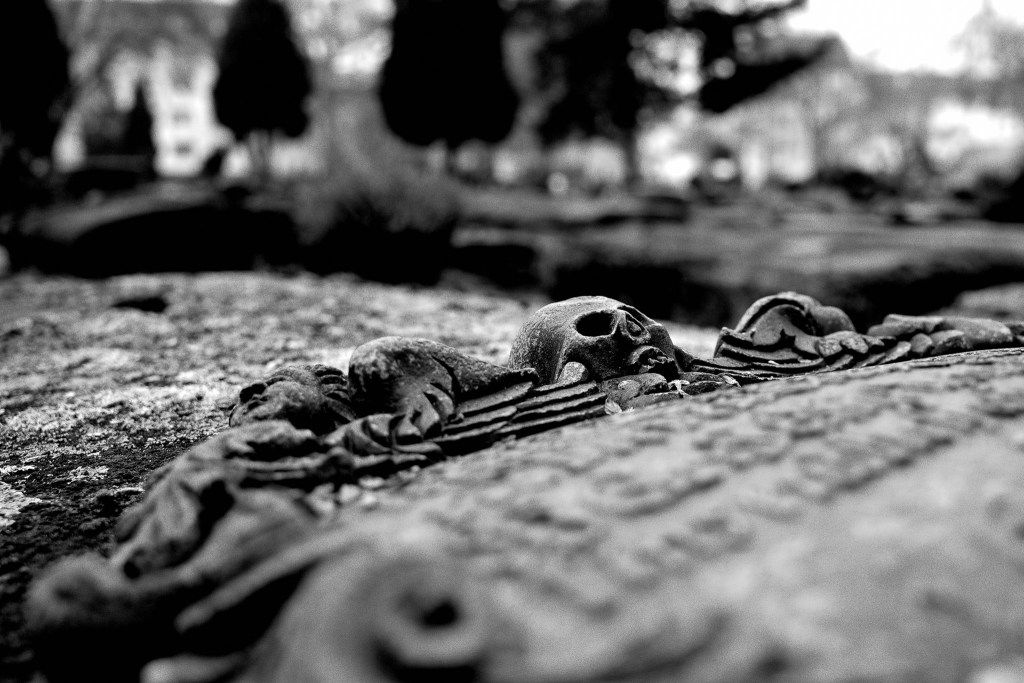
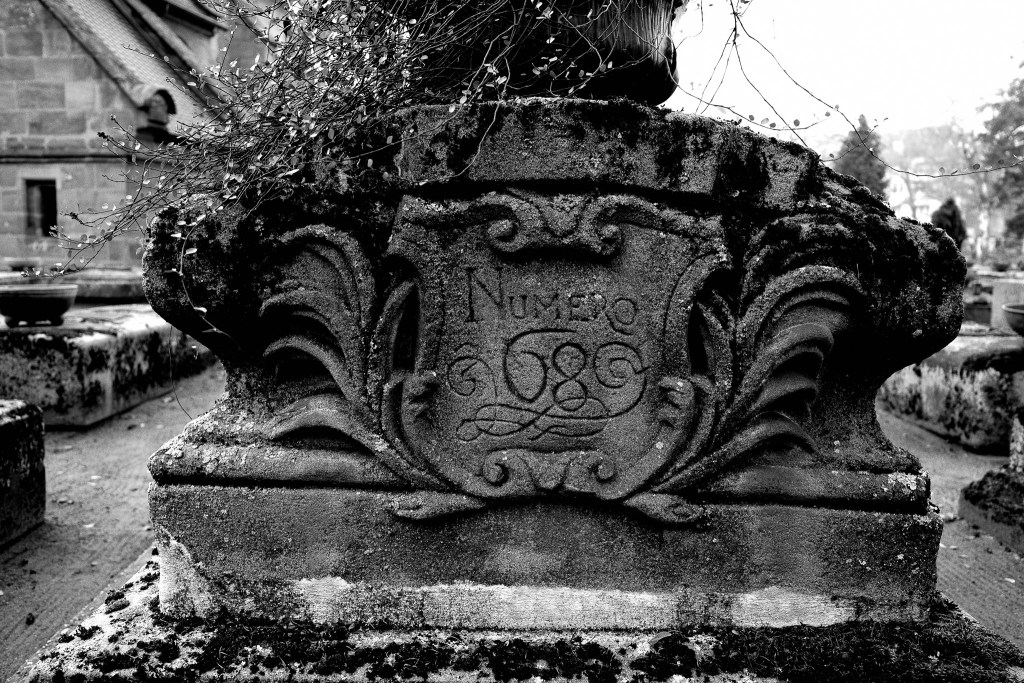
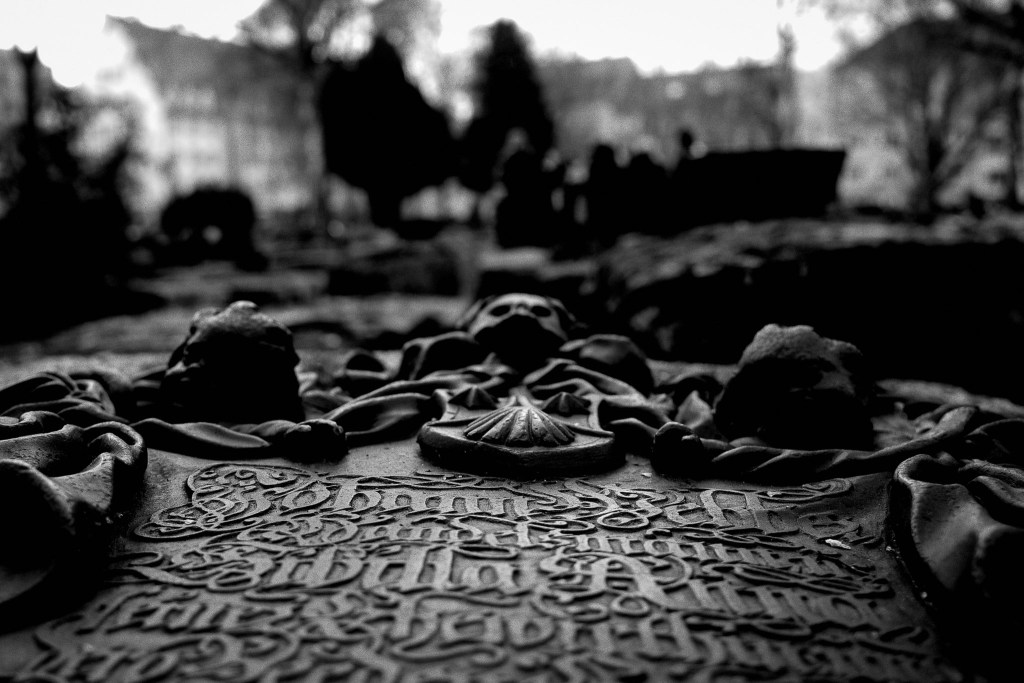
All post processing and RAW conversions was done in Lightroom CC.
I hope you liked this new little excursion into Nuremberg’s history.
If you are looking for tips and inspirations around photography, check out my free Learning Center.
Wish you a great weekend and start into the holiday season. Make the best of it, despite Covid. And make sure you stay safe!
Marcus
Related Posts:
Nuremberg Explored (5) – Angelic Salutation
Hi Marcus, love the rich textures and interesting compositions, and also the muted, darker color tonality and background info – thank you for sharing!
Thanks for taking the time to visit and comment, C.S., so much appreciated! Glad you liked the post! Marcus
I like your photographs a lot, often evocative and moody. And I also enjoy your writing style and commentary.
Thanks, your kind words mean so much, coming from another passionate photographer! Stay safe! Marcus
Beautifully framed and processed, Marcus…and somehow this is an appropriate mood for the times.
Thanks, Lynn, appreciate your kind words. Somber times indeed! Stay safe! Marcus
Very atmospheric Marcus, hope you stay safe.
Thanks, Ian, much appreciated! You stay safe as well! Marcus
Beautiful pictures of this very special cemetery. Thanks for all the extra information you gave us.
Thanks, Rudi, glad you enjoyed this post! Marcus
I think B&W in the cemetery is the only way to go. These are beautiful in their quietness. Take care, Marcus. Stay safe.
Thanks, Lois, glad you liked the post! I much prefer the B&W images myself, with the exception of the one with the rose. Stay safe yourself! Marcus
Great photography, Marcus. Good to see you here, stay safe and have a wonderful Christmas in spite of the situation. 😎
Thanks, John, as always much appreciated! Hope you had a nice Thanksgiving, enjoy the holiday season as much as possible, and stay safe! Marcus
Thank you, sir! 😎